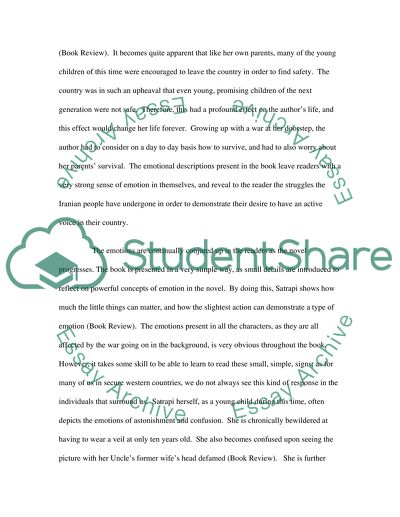Cite this document
(“Persepolis by Marjane Satrapi Book Report/Review”, n.d.)
Persepolis by Marjane Satrapi Book Report/Review. Retrieved from https://studentshare.org/miscellaneous/1530780-persepolis-by-marjane-satrapi-book-reportreview
Persepolis by Marjane Satrapi Book Report/Review. Retrieved from https://studentshare.org/miscellaneous/1530780-persepolis-by-marjane-satrapi-book-reportreview
(Persepolis by Marjane Satrapi Book Report/Review)
Persepolis by Marjane Satrapi Book Report/Review. https://studentshare.org/miscellaneous/1530780-persepolis-by-marjane-satrapi-book-reportreview.
Persepolis by Marjane Satrapi Book Report/Review. https://studentshare.org/miscellaneous/1530780-persepolis-by-marjane-satrapi-book-reportreview.
“Persepolis by Marjane Satrapi Book Report/Review”, n.d. https://studentshare.org/miscellaneous/1530780-persepolis-by-marjane-satrapi-book-reportreview.


